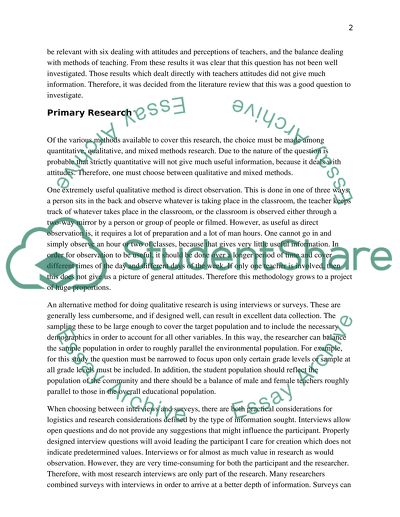Cite this document
(“Teachers Attitudes towards Autistic Children Research Paper”, n.d.)
Retrieved de https://studentshare.org/nursing/1392176-research-design
Retrieved de https://studentshare.org/nursing/1392176-research-design
(Teachers Attitudes towards Autistic Children Research Paper)
https://studentshare.org/nursing/1392176-research-design.
https://studentshare.org/nursing/1392176-research-design.
“Teachers Attitudes towards Autistic Children Research Paper”, n.d. https://studentshare.org/nursing/1392176-research-design.


